AUTHORS

Todd Hamilton, Jody Lynn Nye, and Piers Anthony
OUR GUIDES TO THE LAND OF XANTH
Piers Anthony is the bestselling author of the Xanth series, The Tarot, Bio of a Space Tyrant series, The Adept series, The Incarnations of Immortality series, and more.
Jody Lynn Nye is the author of the Encyclopedia of Xanth, Ghost
of a Chance, Dragonlover's Guide to Pern, Dragonharper,
Dragonfire and contributor to The Fleet. Her new novel, Mythology
101, will appear in March 1990.
Todd Hamilton is a John W. Campbell award nominee for his novel The Gamesman. He and Jim Clouse are also the artists on
Roger Zelazny's Visual Guide to Castle Amber and the
Dragonlover's Guide to Pern.
James Clouse has previously collaborated with Todd Hamilton on Roger Zelazny's Visual Guide to Castle Amber and the
Dragonlover's Guide to Pern. Clouse has had maps and artwork appear in products from TSR, Inc. and Mayfair Games, Inc.

Piers and Carol Anthony Jody Lynn Nye, Todd Hamilton, Author and Night Mare


PIERS ANTHONY'S VISUAL GUIDE TO XANTH is an original publication of Avon Books. This work has never before appeared in book form.
Copyright 1989 by Bill Fawcett & Associates, Inc.
Cover illustration by Darrell K. Sweet
Published by arrangement with Bill Fawcett & Associates, Inc.
Library of Congress Catalog Card Number: 89-91277
ISBN: 0-380-75749-4
Interior Book Design by Robert T. Garcia
First Avon Books Trade Printing: November 1989
AVON BOOKS
A division of
The Hearst Corporation
105 Madison Avenue
New York, NY 10016
Printed in the U.S.A.
CONTENTS
Introduction to Xanth 8
Great Events in the History of Xanth 18
Xanth 22
The Demon X(A/N)t hand the Balance of Existence 24
People of Xanth 26
Magic and Customs of the People of Xanth 32
Magicians and Kings 34
Harpies and Goblins 48
Demons 52
Centaurs 54
Other Races of Equine Descent 58
Fairies, Imps, Elves, and Gnomes 62
Ogres 64
Voles 66
Zombies 68
Nymphs and Fauns 70
Other Human and Humanlike Folk 74
Other Individuals 80
Places in Xanth 96
North of the Gap 98
North Village 106
The Gap 108
South of the Gap 112
Good Magician Humfrey's Castle 114
Castle Roogna 118
Centaur Isle 138
The Gourd 142
Hazards of Xanth 154
The Bestiary of Xanth 164
The Best Things in Xanth Are Free 178
Flowers 182
Plants 184
Trees 195
Magical Things of Xanth 202
Calendar of Xanth 214
Afterword 218
Appendix: Crewel Lye: Chapter 1 221
INTRODUCTION TO XANTH

 e play a game, my readers and I: we pretend that the Land of Xanth is real. But as sometimes happens, especially when magic is involved, reality changes. Xanth is real, when we take the trouble to understand it.
e play a game, my readers and I: we pretend that the Land of Xanth is real. But as sometimes happens, especially when magic is involved, reality changes. Xanth is real, when we take the trouble to understand it.
Do you know the way a computer shows you what you are typing or drawing on the screen? (In Xanth, we have Com-Pewter, which is mostly pewter and crockery, operating similarly, but for the moment let's stick to the dull Mundane version.) Well, if you want to get technical, that's illusion. You aren't really seeing what's in the computer, which is just a bunch of wires and printed circuit boards and what they call chips made out of silicon. You aren't even seeing the squintillion little switches that are all set to ON or OFF inside those chips and things. You are seeing only what the computer wants you to see, which is a picture of a little tiny part of the pattern of all those switches. But you like the way the picture looks, and you think it makes sense, so you are satisfied. You know it is fooling you, but you like to be fooled, because what's on that screen is a lot prettier than the guts of the machine. (The same is true with respect to your girlfriend: her face is prettier than her innards.) So you stick with the representation, the picture, and leave the rest alone. You prefer to settle for the illusion instead of the reality. Well, Xanth is the picture. The reality is Mundania. In Xanth things are magic, while in Mundania they are dully scientific. If we scraped away the magic, we would see the ugly guts of it.

We would see the state of Florida, with its crowded highways, polluted rivers, and garbage dumps. But what is the point? We prefer to settle for the magic picture, which explains things in a more interesting and sensible way. The same underlying elements are in each, but one is nicer to look at than the other.
How did this Xanth picture come to be? That is dull history, but if you can stand it for a few paragraphs we'll soon get on to the good stuff. Back in the mid 1970's I was doing two things. (Well, maybe more, if you count eating, sleeping, raising children, earning a living and such. But that is really too dull to mention.) I was setting up to move to the wilderness of central Florida, and I was making contact with a publisher. The Florida backwoods is different from Miami Beach. It is filled with oak trees and pine trees and sinkholes, instead of big hotels and white beaches. But I'm a backward kind of person, and I thought I'd feel more at home there. So we bought five acres on an old overgrown sand dune and put a cabin on it, and later we put a house on it and moved there. We had a wood stove or warmth in the winter, and fans for coolth in the summer, and we got along. We were in the middle of nature; indeed, the bugs liked to come in to join us, including a little horror of the assassin bug tribe called the bloodsucking conenose, or Mexican bedbug, whose bite raised a painful welt a week long. Remember, this was Mundania; this is the way it is there.
Meanwhile, the publisher was what in due course came to be known as Del Rey Books. I wanted to write for them (in Mundania, a singular publisher may be plural; don't ask why), but a complicated Mundanian protocol known as an Option prevented me from giving them a science fiction novel. So I tried fantasy instead, though it was generally known that fantasy was a drug on the market, and suitable mainly for lonely distaff writers, not for aggressive characters like me. I didn't expect to get rich or to have a great time, I was just operating on the principle that a writer can never have enough markets for his work. The normal condition for writers, you see, is borderline starvation; the smart ones have some other source of income, such as a rich inheritance. Also, I wanted to work with an editor who really knew what he was doing, Lester del Rey. Thus I came to sign a contract for

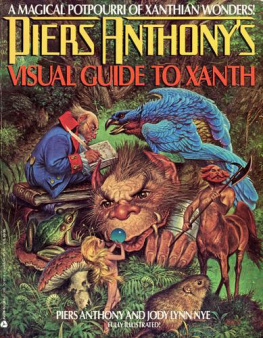
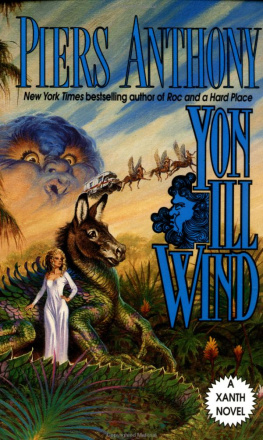
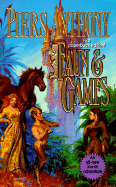
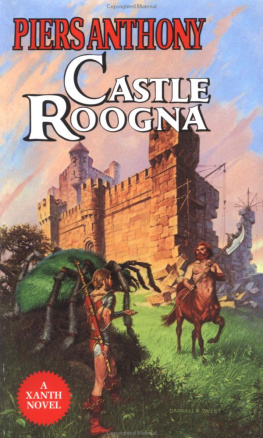
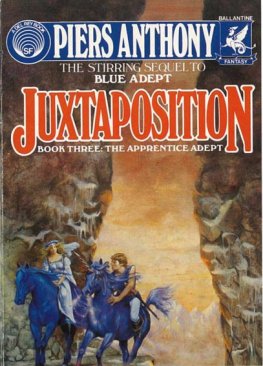
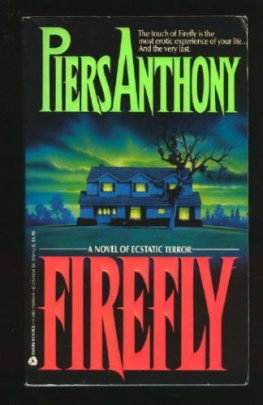
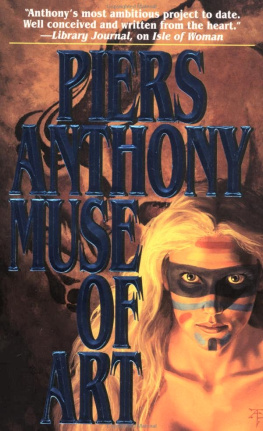


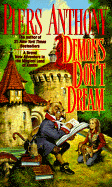
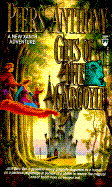
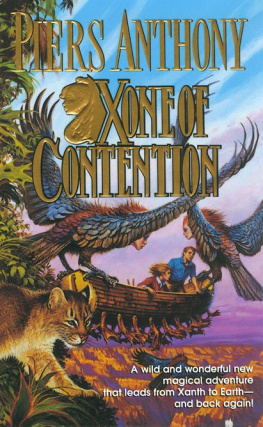
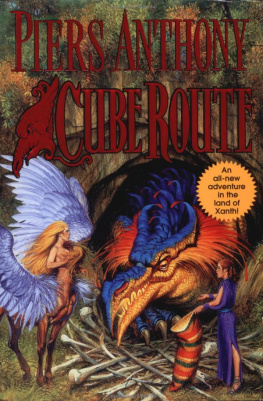
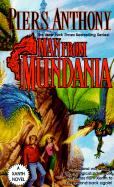

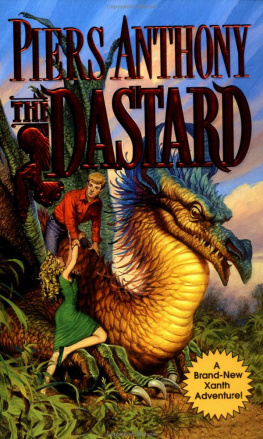





 e play a game, my readers and I: we pretend that the Land of Xanth is real. But as sometimes happens, especially when magic is involved, reality changes. Xanth is real, when we take the trouble to understand it.
e play a game, my readers and I: we pretend that the Land of Xanth is real. But as sometimes happens, especially when magic is involved, reality changes. Xanth is real, when we take the trouble to understand it.